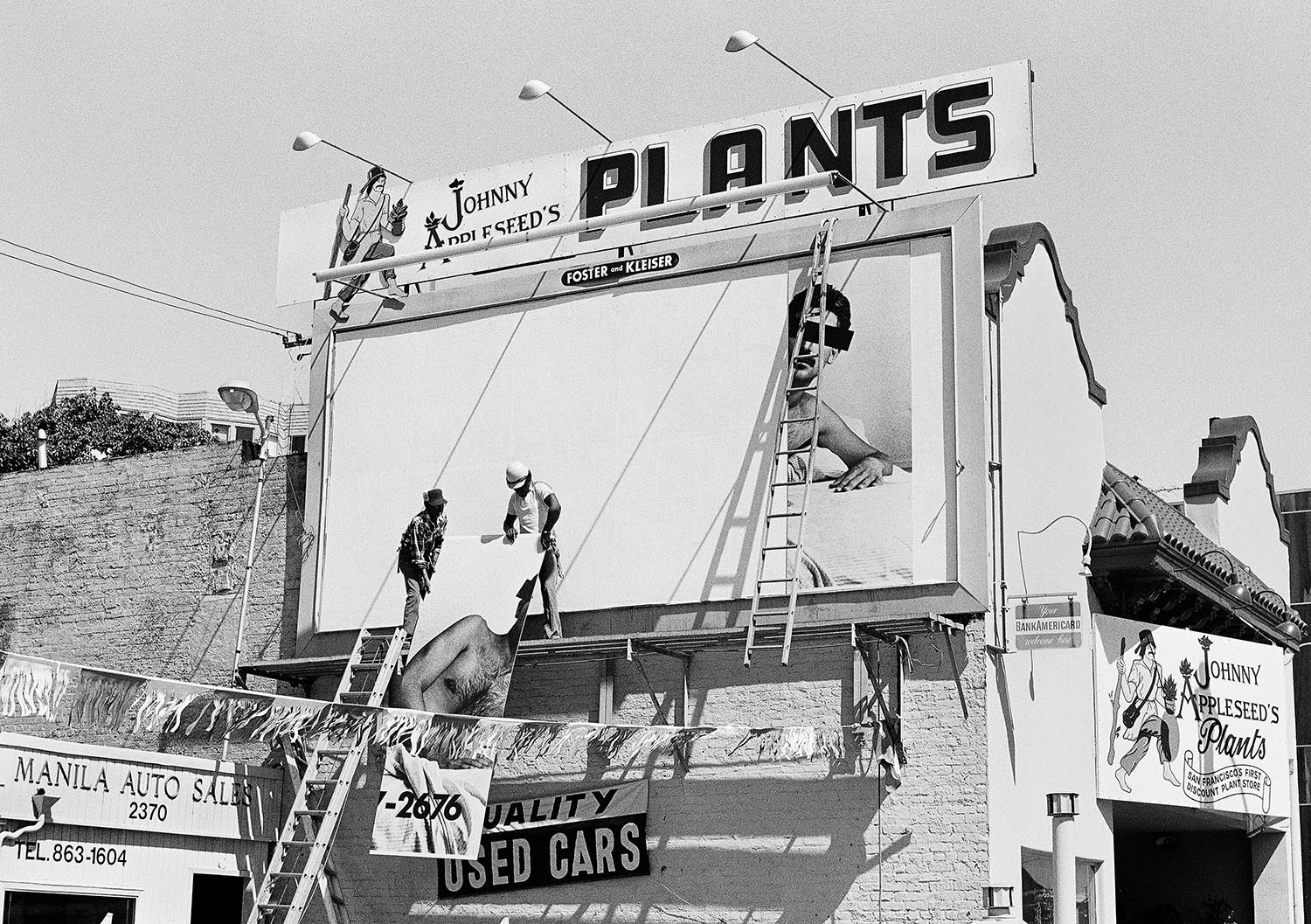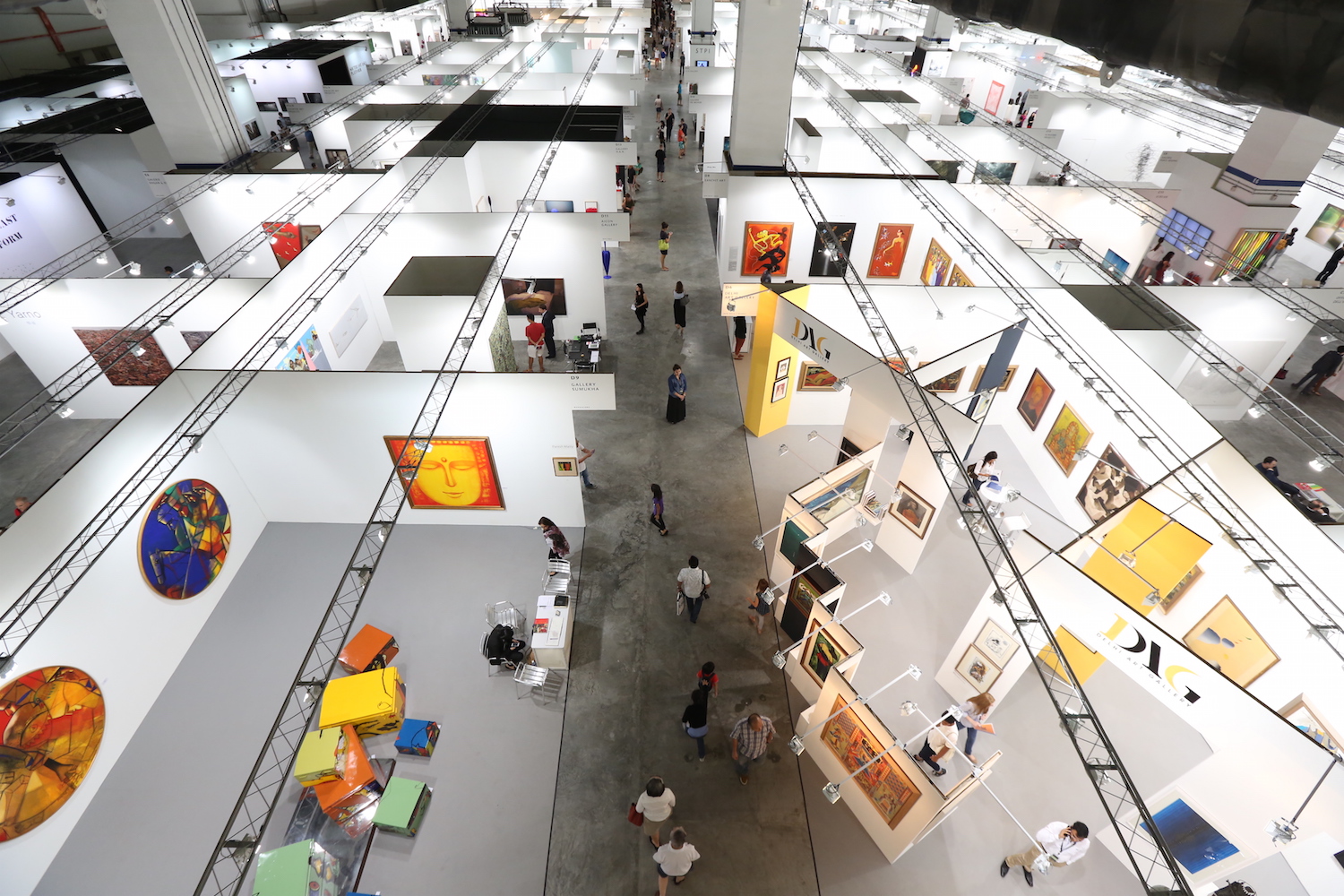A Vogue Idea is a column by Matthew Linde exploring contemporary fashion practice.
Change was welcomed this season by the New York Fashion Week press. As heavyweights Rodarte, Proenza Schouler, Thom Browne and Joseph Altuzarra left for Paris, critics such as Cathy Horyn and Anna Wintour amped up fervor for the new designer vanguard.
One could argue that this acknowledgment of emerging voices seemed delayed considering the city has been producing a cohort of young art-aligned designers since the early DIS magazine moment. Nevertheless, now that these fringe labels are gaining establishment recognition, do we need to reassess their unorthodoxy?
Is it right to analogize “emerging” with “experimental”? Eckhaus Latta, who have been designing since 2011, received accolades from Vogue for the “buzzy brand’s most coherent and accomplished collection yet.” Refinement in Vogue terms generally translates as greater buyer applicability. The label, known for an aesthetic of undoing (seams, hems, bodily fragmentation), produced their most done-up collection yet, rehashing their previous styles with less risk; look two could’ve been cut out from a COS collection. Yet unremitting is their notoriety for casting a slew of non-models — the S/S ’18 protagonist being the pregnant artist Maia Ruth Lee — rehearsing their position as a networked community of creatives.
Shayne Oliver’s relaunch of Helmut Lang was one of the most awaited shows of the week, bustling with industry professionals and an effervescent H.B.A. crowd. Since Lang’s departure in 2005, the label has operated in purgatory, producing one forgettable collection after another. Oliver dramatically upheaved the house with new fetishistic verve, one with harnesses and cock rings. It will be this verve, though, that will distance some. The brazen sloganeering that renders everything Supreme™ certainly won’t impress the essentialist Helmut Lang believers.
Telfar was one of the most provocative moments of the week, not because the designer delivered spectacle but instead thanks to his ongoing twelve-year-plus study of uniformity. Unlike other runway shows that entertained the appeal of gender fluidity through casting, Telfar Clemen’s societal investigations are grounded in what constructs a universal unisex. How does the ubiquity of the polo shirt function across gender and class? How do uniforms circumvent the temporality of themes? These are thoroughly interesting questions — questions that have placed him as a finalist for this year’s CFDA award. He also revealed the outfit he designed for the hamburger chain White Castle with the statement, “1 look on 12,000 models.” Vogue quotes him: “I want people to aspire to wear the same thing that the person serving them is wearing and to actually meet them.” An inventive proposal that expands the role of the fashion designer into new anthropological terrain.
What about the other fringe designers outside the aforementioned big three? One condition that seems to unify the new spirit of emerging design is the speed at which it can travel from the margins to the center. Learning how to work within the widening attention economy, young labels can seize global visibility through the quick assemblage of image-ready design. VFILES is good example of this system, which values the impact of the image in obvious design one-liners and gimmicks, and in doing so extracting the gains of social-media metrics. And despite Vogue’s Nick Remsen’s often scathing reviews of the cheap VFILESification of fashion, its traction can be demonstrated via the machine of clickbait fashion press, epitomized by i-D and Dazed. Within this schema of data aggregation, labels must be elementary.
Jacquemus’s influence cannot be understated here. Exaggerated silhouettes with a macro, uncomplicated design approach, appropriate for the consumption of the four-sided frame, can be seen across the likes of Vaquera, Matthew Adams Dolan and Luar. These clothes offer the quick gag of a giant sleeve or a floppy tie. Then again, at least these designers understand how to pull off clowning. The witless new collection of Adam Selman, who declares that “fashion should be fun and bold,” culminates as a banal denim and gingham Topshop spinoff series. Lou Dallas offered a nice reprieve from the macro approach with misadventures in woodland crafts. The designer’s use of dead stock fabrics, while a material practice, operated more as a conceptual gesture to remind us the lived process of cloth. The collection, presented at Bridget Donahue, felt like an exciting technical upgrade from her previous shows.
Is it crass to reference Eve Chiapello and Luc Boltanski’s endlessly referenced text The New Spirit of Capitalism? Then again, we’re dealing with a particularly crass fashion, one deemed bohemian through the use of non-models and gimmick virality. If emerging designers want to pursue experimentation, no longer can they simply work against standardized silhouettes; the challenge now is to frustrate the attention economy through which fashion at large is standardized.


